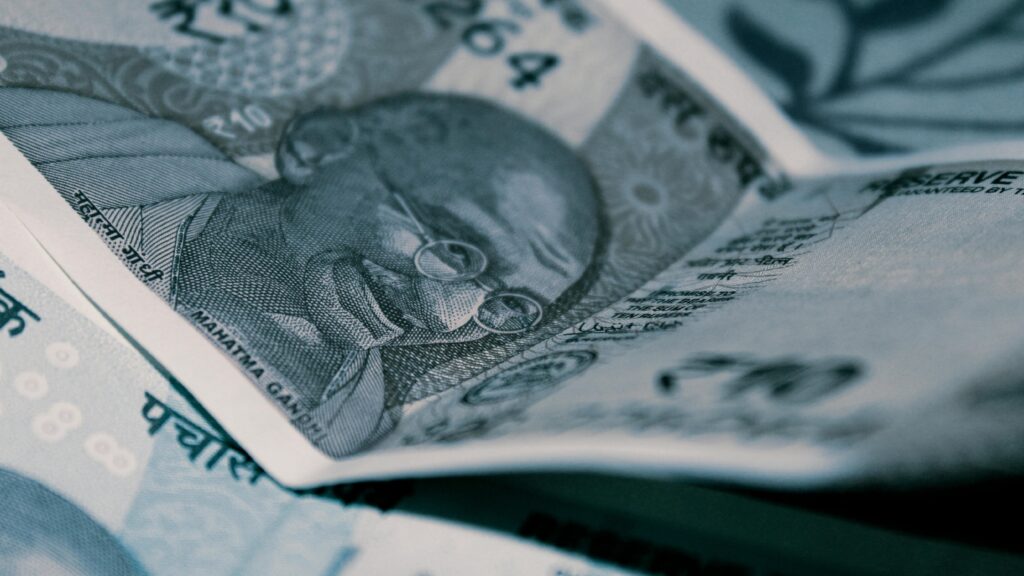“In this world nothing is certain but death and taxes” – Benjamin Franklin
2025 saw a very pleasing tweak in the GST rates by Government of India and reducing the number of slabs from 5/12/18/28 to just 5 & 18, with 40% on some luxury goods and what they call sin goods.
What is GST:
Goods and Services Tax is also called Value Added tax in some countries. This is the tax on consumption of a good or service at every stage of production and distribution cycle but applied only for the value it has added at every level. It is a simple and single tax on the consumer that takes care of various indirect taxes.
Let us take an example:
Manufacturer: Makes a product and adds GST to the selling price. Sells to Whole seller and pays the GST to Govt.
Whole seller: Buys the product at a price that includes GST charged by Manufacturer. Sells it to the retailer, duly collecting GST charged by him. Pays net GST to the Govt i.e GST received by him from the retailer minus the GST paid by him to Manufacturer.
Retailer: Buys from the Whole seller at a price that includes GST charged by Whole seller. Sells it to the consumer duly collecting final GST. Pays net GST to Govt i.e GST received from consumer minus the GST paid to whole seller.
Consumer: Buys the product and pays the final GST, which includes all the previous stages.
| Manufacturer | Whole seller | Retailer | Consumer | |
| Cost including GST | 100 | 115.5 | 126 | 147 |
| Profit | 10 | 4.5 | 14 | |
| Total | 110 | 120 | 140 | |
| GST (5%) | 5.5 | 6 | 7 | |
| Selling Price | 115.5 | 126 | 147 | |
| GST payable to Govt | 5.5 | 6 | 7 | |
| Input from Govt | 0 | 5.5 | 6 | |
| Net GST received by Govt | 5.5 | 0.5 | 1 | |
| Price 140+ GST 7 | ||||
| Net GST received by Govt | 7 | |||
| GST paid by consumer | 7 |
Input from Govt is the GST already paid while purchasing. For example, Whole seller purchased the goods at Rs.115.50 that is inclusive of Rs. 5.50 GST already paid by Manufacturer, hence Rs.5.50 is the Input from Govt.
GST is of 4 types CGST (Central GST), SGST (State GST), IGST (Integrated GST) and UGST (Union Territory GST)
CGST: Applied on intra-state transactions and goes to Central Govt.
SGST: Applied on intra-state transactions and goes to State Govt.
IGST: Applied on inter-state transactions and shared between Centre & State.
UGST: Applied on intra Union Territory transactions and goes to UT.
GST goes to the state/UT where goods are finally consumed
History of GST:
The concept of GST was devised by Maurice Laure, a French economist, and introduced by France in 1954 and it was named “taxe sur la valeur i.e. value added tax. France introduced it to avoid theft in taxes at various stages. The concept of value-added taxation was a sensation in the field of tax collection and countries started adopting it one by one.
1960s and 70s saw European Countries adopting this tax structure while in 1980s, it started spreading in other parts of the world viz Japan, Australia, Canada etc. Incidentally, USA has not yet adopted this system of taxation. China adopted in 1984. Malaysia is probably the only country who adopted in 2015 but reverted to old taxation method. Presently over 160 countries have adopted the system of GST/VAT.
Timelines in India:
Year 2000, PM, Mr. Atal Bihari Bajpai proposed GST and appointed a team to design a suitable structure. Year 2004, Kelkar Task Force on Fiscal Responsibility and Budget Management proposed implementation of fully integrated GST. Year 2007-08, while presenting Union Budget FM, Mr P Chidambaram declared GST implementation date as 1st April 2010. However, its implementation kept on differing due to political reasons. Lok Sabha passed the bill in 2015 and Rajya Sabha in 2016. Finally, the bill saw the light of the day and implemented on 1st July 2017.
The GST implemented in 2017 received criticism as it had multiple slabs with rates as high as 28% and complicated systems for small business. As per World Bank report 2018, India GST rates were among the highest in the world. Finally, the rates are now revised to two slabs of 5% and 18% with special slab of 40% on specific goods. 56th GST Council chaired by FM, Ms Nirmala Sitaraman on 3rd Sept 2025, declared the revised GST Slabs.
Revised GST system will come into force by 22nd Sept 2025. At the face of it, the revised GST rates seems to be simple and logical.
Discover more from At Silly Point
Subscribe to get the latest posts sent to your email.


Here, GST is explained in such a simplified manner that anyone can understand its true mechanism.
Very nice article Sir.
thank you
Good job, making understand GST in very simplify way to every simple person like me
thank you
JazakAllahKhair 🤲
Great insights and easy to understand for larger public – kudo’s to Author for making so simple to understand, thanks
thank you
Thanks for detailed explanation, it helps to understand GST history and simplification being introduced.
thank you
Detailed explanation!
SMEs mostly now face the challenge of understanding and implementation of the new structure.
yes but that will happen with every change.